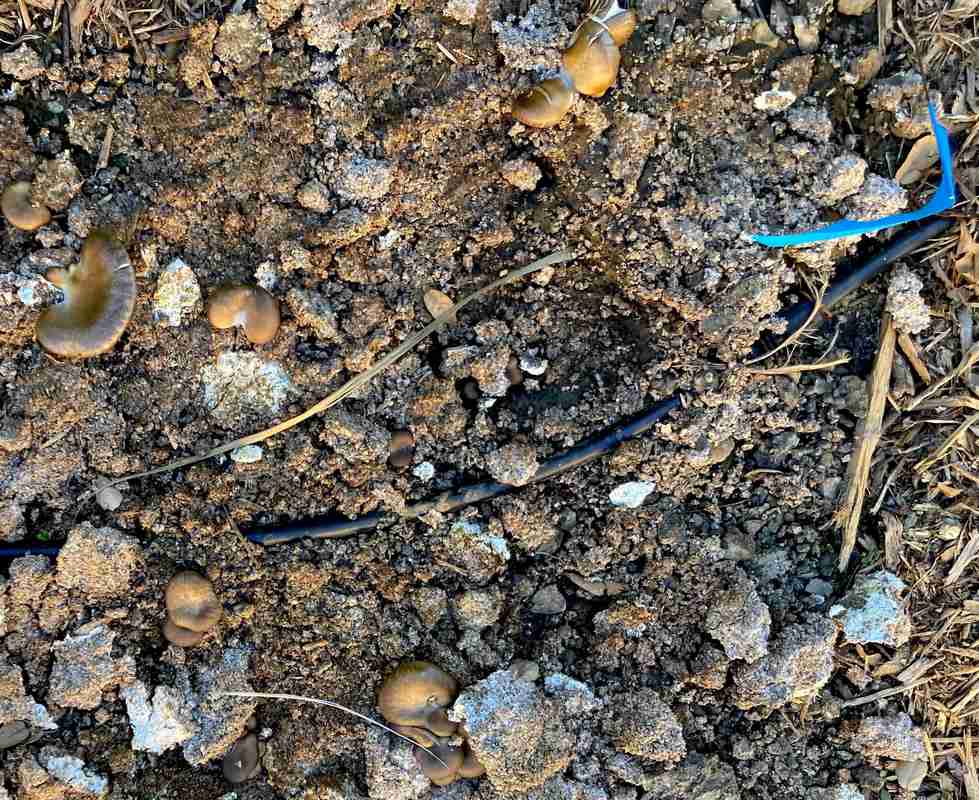
Stevenson’s work involves transforming barren or weed-infested industrial lots into flourishing meadows teeming with plants and mushrooms. These rejuvenated spaces attract birds and pollinators, thereby enhancing local biodiversity.
In her interview with Yale Press, she shared insights about her work on ‘brownfields,’ which are areas abandoned by industrial or transportation operations due to contamination. These could be former railway yards or oil refineries, typically marked by the presence of toxic substances like petrochemicals or heavy metals.
Stevenson’s research revealed that mushrooms are not just resilient, but can also consume carbon. Despite petroleum products being toxic to most organisms, mushrooms utilize them as a source of carbon. They can decompose several types of toxic waste using the same enzymes they use to break down a dead tree, including plastic and other oil-based products like agrochemicals.
At a Los Angeles railyard, she executed a pilot project where she planted a variety of native grasses and flowers. Along with these plants, she introduced dead wood to incubate specific fungi species known as arbuscular mycorrhizal fungi. These fungi assist plants in extracting heavy metals such as lead and arsenic from the soil.
“The results were astounding. In just three months, there was a more than 50 percent reduction in all pollutants. By the end of a year, they were virtually undetectable,” Stevenson told Yale 360.
Unlike traditional decontamination methods that involve excavating the contaminated soil and transporting it to a landfill, Stevenson’s method allows for the plants that extract toxic metals to be harvested, incinerated, and then cheaply transported to a hazardous waste facility. This avoids the risks associated with pollutant scattering during transportation.
This technique, known as bioremediation, does come with its own challenges such as scalability and regulatory approval. However, Stevenson has successfully used it to decompose bags of lubricant-soaked rags from bicycle repair shops.
Stevenson is passionate about empowering pollution-affected communities to participate in their neighborhood’s cleanup. “People who live in a place impacted by pollution need to have a say in how their neighborhood is being cleaned up. We need to empower them with the tools to do this,” she stated.
SHARE This Woman’s Enterprising Idea For Mean Green Clean-Ups…
Source: Good News Network





Leave a Comment